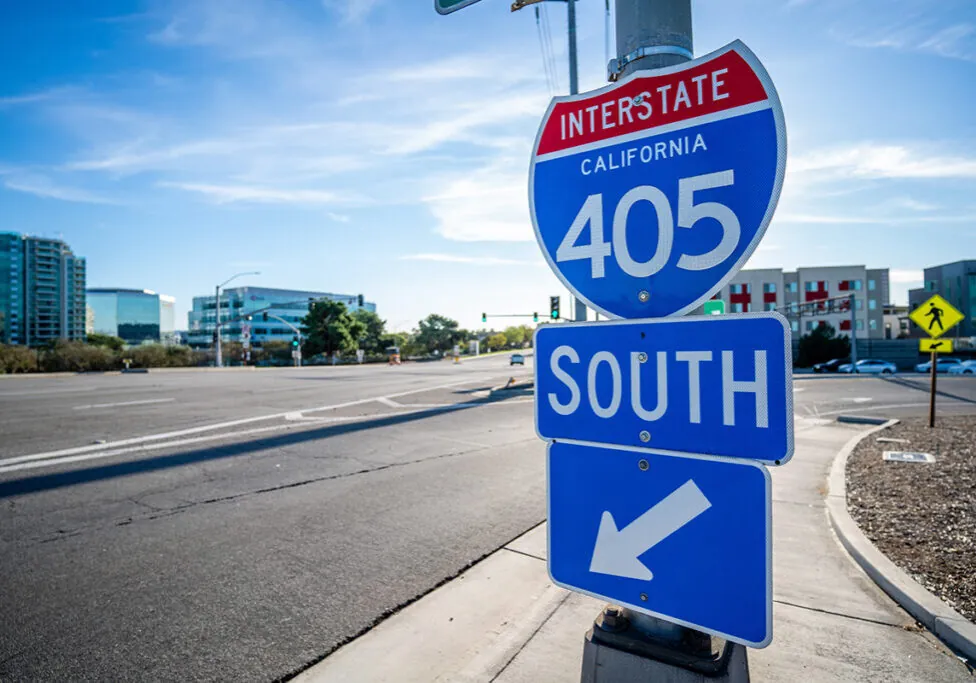Whether you follow the news closely, or simply take the occasional walk outside, you are more than aware of the wildfires that have been ravaging California. At times, the smoke in the air has been impossible to miss, even for those who live hundreds of miles away from the nearest fire. The 2018 wildfire season has shattered records, placing immense pressure on Cal Fire to contain the largest blazes in the state’s recorded history. Utilities are already bracing for another round of wildfire lawsuits to join those stemming from 2017’s record-setting blazes.
California continues to deal with the physical and legal aftermath of last year’s devastating fires, even as new fires scorch massive swaths of land. The Camp Fire all but destroyed the town of Paradise over the course of a single day. It is now both the most destructive wildfire in the state’s recorded history, and the deadliest, with 48 confirmed deaths as of November 14th. At the same time, a fire burned across Los Angeles and Ventura counties in Southern California, destroying parts of Malibu as the blaze advanced towards the Pacific coastline.
Legislators are beginning to tackle existing legal doctrines that are placing increasing financial burdens on utility companies. The state’s energy providers are in the legal crosshairs of many, and they will be increasingly scrutinized as the year continues.
PG&E and other major utilities have been the target of wildfire lawsuits relating to 2017’s Wine Country fires.
PG&E, one of the largest electric utilities on the West Coast, has been held responsible by Cal Fire for 12 specific fires in 2017 caused by equipment failures and inadequate clearing of trees and brush growing near transmission lines. Over 2,700 plaintiffs have stepped forward, combining into 200 lawsuits filed against the utility. The fires ultimately consumed over 150,000 acres of land, causing billions of dollars in property damage and killing nine people.
The situation mirrors the 2015 Butte Fire near Jackson, California, which claimed two lives, 1,000 structures, and 70,000 acres of land. The cause of the blaze was a PG&E transmission line, which came into contact with a pine tree. More than 2,000 people filed suit, though ultimately the Court of Appeals ruled that existing evidence was not enough to impose punitive damages against PG&E.
PG&E is likely to face more time in court in the wake of the devastating Camp Fire. On Sunday, November 11th, the utility informed state regulators that power lines near the Feather River experienced a blackout only minutes before the fire was sparked. An aerial inspection of the lines revealed a damaged transmission tower. Cal Fire has stated that the actual cause of the Camp Fire is not yet known, but that they are considering multiple factors, including damaged electrical equipment.
San Diego Gas and Electric has faced similar legal consequences in the wake of 2007’s Witch Fire. The California Public Utilities Commission ruled that the utility failed to properly trim down trees and dry brush near transmission lines. When SDG&E attempted to pass $390 million in costs down to customers through rate increases, CPUC ruled against them in 2017 after a multiyear legal battle, in essence ordering the utility to absorb the costs.
In the wake of these increasingly expensive fires and lawsuits, and with 2018’s wildfire season potentially stretching uninterrupted into 2019, PG&E has put significant effort into seeing their potential legal responsibility lessened or removed entirely.
California’s use of the “inverse condemnation doctrine” holds utilities responsible for fires caused by their equipment, a doctrine PG&E has strongly lobbied against.
California and Alabama are the only two states in the country to employ inverse condemnation doctrine against utilities. Under this doctrine, a utility can be held responsible for all fires that can be traced to equipment they own and operate, regardless of their actual contribution to conditions leading up to the fire.
While the lawsuits for 2017’s Wine Country fires have yet to be fully resolved, PG&E has already experienced serious financial consequences. Since October 2017, the company has seen over a third of its market value evaporate in the wake of CalFire’s investigations. The company’s accountants have estimated its “lower end” legal costs for last years’ fires could amount to $2.5 billion, exceeding the $1.6 billion in profits it earned in 2017. The financial situation is dire enough that the utility has signaled to its investors that there is serious risk of bankruptcy.
To stave off the potential for further losses, PG&E has been lobbying for inverse condemnation reform, spending $1.7 million in efforts to woo legislators. While the doctrine will likely remain in place for the immediate future, legislators are scrambling to present multiple bills intended to address the financial concerns PG&E and other utilities are signaling.
AB 33, SB 819, SB 1088 and SB 901 are intended to systematically tackle issues utilities face regarding wildfires.
Proposed in June 2017 by Assemblymember Jim Quirk (D-Hayward), AB 33 would allow utilities to use state-authorized bonds to recover costs resulting from future wildfire lawsuits. However, the bill has seen broad criticism from politicians of all affiliations. They claim this would remove the burden from utilities and place it on customers in the form of increased energy prices.
An alternative to this bill is SB 819, presented by Senator Jerry Hill (D-San Mateo), who is a vocal critic of both AB 33 and its author. This would give the California Public Utilities Commission the authority to determine on a case by case basis whether a utility can recover costs associated with wildfires. This in turn would address concerns by utilities facing similar circumstances to San Diego Gas and Electric, who were unable to recover costs from 2007 Witch Fire through rate increases.
SB 1088, introduced by Senator Bill Dodd, would give the means to gather data to determine the feasibility of improvements to the state’s energy infrastructure. In addition, they would determine whether utilities could recover costs associated with these wildfire prevention strategies.
Lastly, SB 901 would require electric utilities to make policies and procedures that would allow them to power down at-risk power lines during dangerous weather conditions. This bill is aimed at directly addressing the root cause of some of the worst fires from 2017. However, the bill’s primary author, Sen. Dodd, has stated that it is not a complete solution on its own, but rather intended as part of a series of steps the state and utilities must take towards fire prevention and control.
As fire seasons show increasing intensity, critics worry that changes to inverse condemnation would keep utilities “off the hook” for wildfire damages.
As the law currently stands, if post-fire investigations show a utility’s equipment contributed to the start of a blaze, even due to conditions beyond reasonable control, they are liable. Supporters of the doctrine feel that this ensures utilities are held accountable for issues that are under their control, such as poor maintenance or questionable management decisions.
Among the most vocal critics of altering the law in favor of utilities is The Utility Reform Network, which has openly decried efforts which they describe as a “bail-out” of PG&E.
While supporters of the current doctrine can be found on both sides of the legislative aisle, the same can be said of reform as well. Most notably, Governor Jerry Brown himself has stated his own support for changes to existing laws.
There is some merit to the stated rationales for reform. The risks that a utility could fail under the weight of wildfire lawsuits are very real. The 2017 Wine Country fires alone exceeded $10 billion in damages, which PG&E equipment has been named responsible for. Their current revenue would not be able to resolve those costs for years without substantial rate increases or aid from the state.
On top of legal costs, if, as per SB 1088, it is determined that California’s existing infrastructure requires an extensive overhaul to improve safety, rate increases appear inevitable. And these rate increases may well not be enough to sustain the costs of both infrastructure improvements and future litigation.
The risks of massive wildfires are only continuing to increase, and multi-billion-dollar fires could become the norm. Some legislators believe that it is not within the state’s best interests to allow large investor-owned utilities to fail due to risks that may largely be outside of their control. After all, if a utility fails, who will step in to assume those responsibilities and risks?
While a solution may not appear in the short term, advocates on both sides are gearing up for a legal battle that could affect current and future wildfire lawsuits. Even if courts side with victims of fires from 2017 and 2018, the financial pressure on these utilities may prompt the California to press forward with reforming state laws to limit or eliminate inverse condemnation entirely. Such efforts could ultimately affect the compensation received by plaintiffs in future wildfire lawsuits.
Published: Aug 27, 2018
Updated: November 14, 2018This blog is not meant to dispense legal advice and is not a comprehensive review of the facts, the law, this topic or cases related to the topic.



